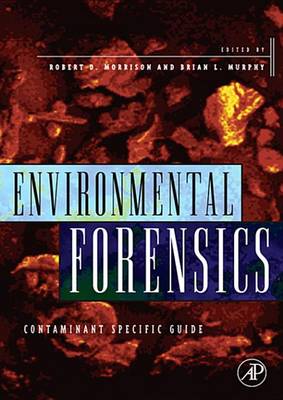Offering state-of-the-art techniques for both attorneys and environmental scientists, Environmental Forensics: Principles and Applications discusses non-chemical methods such as corrosion modeling, inventory reconciliation, and aerial photography interpretation. The book also covers chemical fingerprinting used to identify the origin and age of a contaminant release- relevant techniques include the use of radioactive isotope analysis, degradation modeling based on half-lives, and fuel additives such as MTBE.
Environmental Forensics provides case study examples of environmental trial exhibits. It covers misused techniques that can bias the scientific validity of a trial exhibit, such as scale exaggeration, use of statistical manipulation, data contouring, and selective presentation.
Detailed information is provided for identifying and interpreting those portions of environmental reports that are "target rich" sources of scientific biases. These include the identification of false positive, false negative and the intentional manipulation of environmental data that occurs primarily in the sample collection process.
- ISBN10 0080494781
- ISBN13 9780080494784
- Publish Date December 2006 (first published 29 September 1999)
- Publish Status Active
- Publish Country GB
- Publisher Elsevier Science & Technology
- Imprint Academic Press Inc.(London) Ltd
- Format eBook
- Pages 576
- Language English
